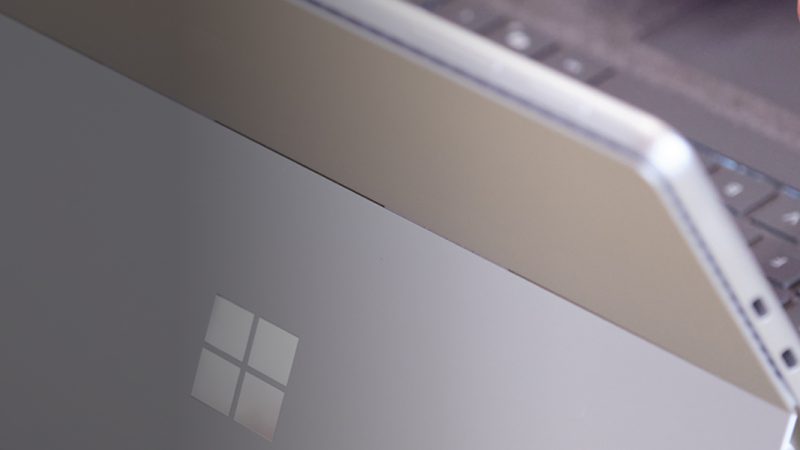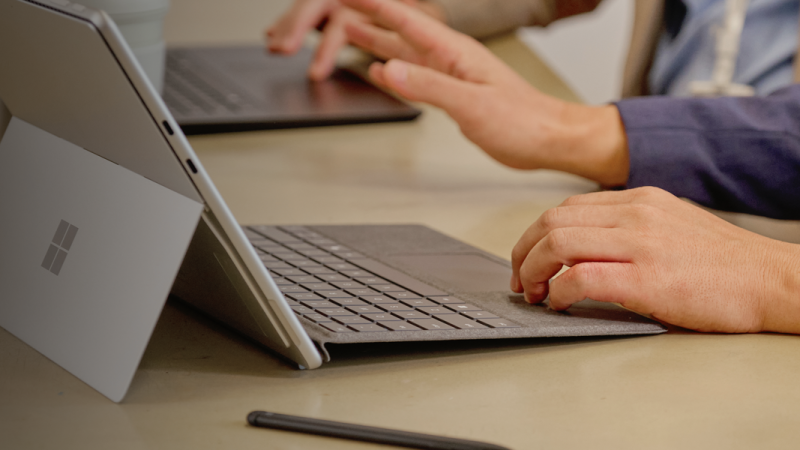
Microsoft Azure upgrade brings an end to computer lab queues

When the University of Queensland upgraded its virtual desktop solution to Microsoft Azure, its Science and Engineering students were grateful to be able to leave their sleeping bags and camp chairs at home.
Previously, when they needed to use specialist software such as geographic information system (GIS) software for their assignments, they had to be on campus to use the university’s computer labs, says Luke Angel, UQ’s Senior Manager End User Technology.
“They had to line up outside our physical room and wait their turn to gain access. You might have 500 students in a subject that all need to do an assignment using GIS software, which was installed on 100 machines in our computer lab,” he says.
So, the students would do crazy things like camp outside until they could access a computer.

The Brisbane-based university piloted Microsoft Azure and implemented it in 2022 as the “UQ Digital Workspace” with the help of Microsoft Partner Cubesys, replacing the previous digital workspace provided by VMware on AWS as AWS did not have the graphics capabilities required for applications such as GIS.
Now, for the first time, the 56,000 students and the 6,917 (full-time equivalent) staff can access the software and university IT systems anywhere, on any device at any time. Students can complete their coursework at home, on their own “low spec” devices and run Windows-based software even on non-Windows devices, such as iPads.
“So, if you’ve got a computer and you’ve got the internet, you can access the software for your course,” says Mr. Angel.
The migration to Microsoft Azure using Azure Virtual Desktop and VMware Horizon was seamless for the students – the interface looked the same before and after the migration.
“This is by design. But the key difference is they can now access all the software they need,” says Mr. Angel.
An added benefit of the switch to Microsoft Azure is that the specialist software can be swiftly delivered if academics have forgotten to inform the IT team that they need specialist software for their course. It takes as little as an hour to give them and their students access. Previously, the IT team would have needed to physically deploy the software onto, possibly, hundreds of computers.
The adoption of UQ Digital Workspace was accelerated during Covid-19, when people were staying at home. The system has been expanded over time, now with the additional capabilities provided by the move to Microsoft Azure there is close to 200 applications now hosted on the platform.
“Like any IT system, it’s an ever-evolving beast,” says Mr. Angel.
Categorised in: Education, Industry
This post was written by Microsoft Australia









